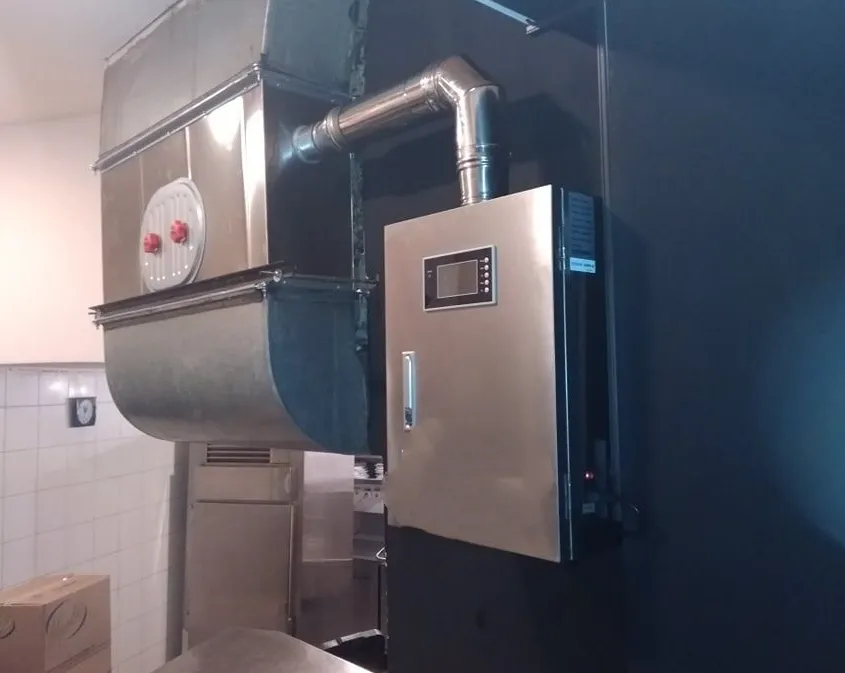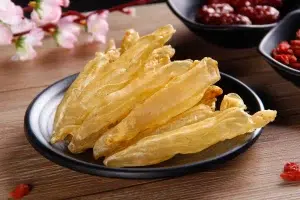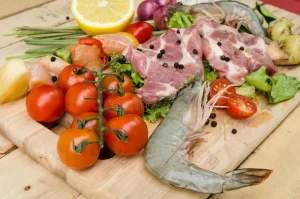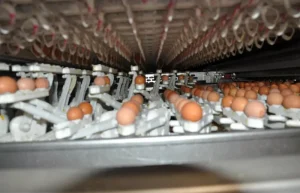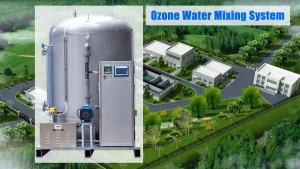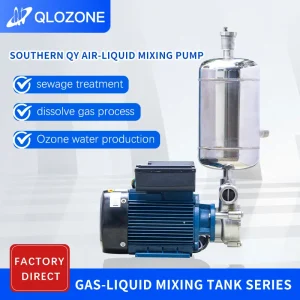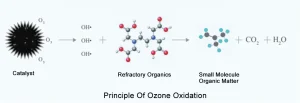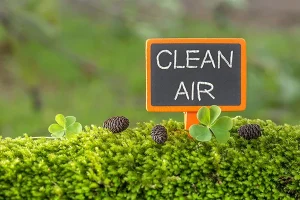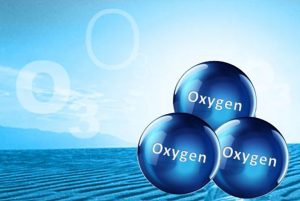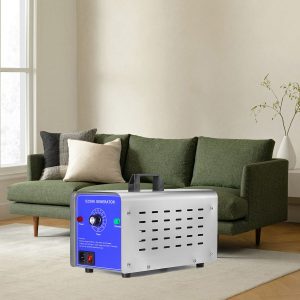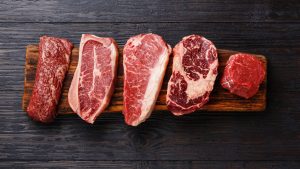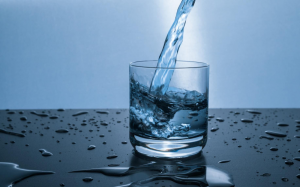Fresh fruit and vegetables are organic and release a ripening agent from which bacteria would grow and cause them to rot later. Ozone oxidizes and destroys the ripening agent and causes it to break down so that fruits and vegetables stay fresh longer.
The role of ozone:
1 Decomposition of pesticides, hormones and toxins: Ozone has strong oxidizing properties, rapidly oxidizing the molecular chains of pesticides and hormones, making pesticides and hormones into stable inorganic compounds
2 Sterilization and disinfection: The single atom in ozone has a strong permeability, which rapidly oxidizes the cell walls of cells and viruses to generate inorganic compounds for the purpose of sterilization and disinfection.
3 Separation of heavy metal ions: Oxygen atoms in ozone can oxidize water-soluble heavy metal ions into water-insoluble, non-toxic, high-addition mixtures that are precipitated and separated.
- Fresh-keeping and deodorizing function: vegetables washed with ozone water or vegetables blown with ozone gas can prolong the fresh-keeping period by 2~3 times.
Ozone water will harmful for fruit and vegetables?
There are concerns that nutrients in ozone-cleaned fruits and vegetables will remain, be lost, or produce harmful by-products.
In fact, “because the disinfection and cleaning time of vegetables and fruits is generally relatively short, and their penetration is weak, it generally does not cause the loss of nutrients in fruits and vegetables.”
The harmful substances on vegetables and fruits are basically attached to the skin, that is to say, ozone water can effectively remove pesticide residues, bacteria and viruses on vegetables and fruits, but will not affect the nutrients and taste of fruits and vegetables.
What should be ozone concentration in the treatment water?
The Ozonated washing water should have sufficient disinfection power to disinfect the vegetables or the commodity being washed with it. In such an applications Ozone concentration in the wash water should be comparatively higher in the range of 0.2 to 1.0 ppm. Actual concentration required to be maintained depends upon the criticality of application.
What Are The Methods Of Ozone Washing?
High Ozone concentration water (0.25 to 1.0 ppm) is used for the purpose of washing fruits or vegetables. Special techniques are used for mixing Ozone into the water for this application. Following two types of Systems are generally utilized:
1.Washing of vegetables and fruits in an open tray :
Vegetables and fruits are required to be washed in an open tray by using spray of strong Ozonated water. The proposed System will produce strong Ozonated water available in a spray nozzle.
The System consist of a storage tank equipped with a water pressure booster pump which draws water from the tank, pass it through the Ventury Injector (where the Ozone is injected) and later a Static Mixer (for improving Ozone dissolution) and the Ozonated water is returned into a tank through a central diffuser.
There are two Solenoid Valves which control the flow of Ozonated water for washing or re-circulation for increasing the Ozone concentration in the water. At washing nozzle a push button is installed that changes the configuration of water flow from re-circulation to washing and back to re-circulation
2.Washing of vegetables & fruits in washing tank :
There is another system in which vegetables and fruits are kept in a Stainless Steel basket and the basket is dipped in a special washing tank. Water is drawn from the bottom portion of the washing tank, pressurize by a booster pump, pass through a Ventury injector, a static mixer and later the ozonated water is injected inside the tank on one side so that the complete water in the tank is continuously agitated.
The tray with fruits and vegetables is kept in the washing tank, system is started for pre determined time and after the set duration the tray is lifted and vegetables or fruits shifted to another location.


